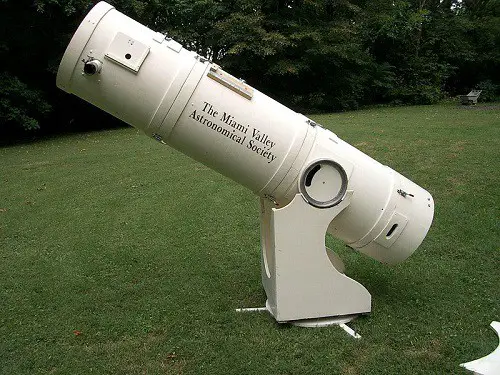

These deep space targets can only be visually observed since it is very difficult to do any Astro imaging with this type of telescope.

I have never tried to observe the most distant planets (Neptune and Uranus) because they are too far away and would probably look like a bluish ball of light.ĭobsonians can give you access to many of the brightest deep-sky objects (galaxies, nebulae and star clusters), such as the Pleiades, Orion and Andromeda. On a clear night with a stable atmosphere, you may even be able to observe Saturn’s main moons: Titan, Rhea, Dione, Tethys, Enceladus and Mimas. Saturn : You should easily resolve the shape of the planet, some colour differentiation, Saturn’s ring including the Cassini division. Jupiter : You will appreciate the different colours in Jupiter’s belts, the big red spot as well as the Galilean moons (Io, Europa, Ganymede and Callisto). Mars : You will see the distinct red colours as well as the polar ice caps. Venus : You will be able to observe the different phases the planet is going through. Adding a Barlow lens can really increase the magnification power of the telescope and improve your viewing experience. Dobsonians are sometimes called “planet busters” as they have the perfect telescope features for observing them: large aperture and long focal length. You can easily observe the most interesting planets such as Venus, Mars, Jupiter and Saturn. Some astronomers also place the mount on a vibration pad which significantly reduces vibrations around the telescope and makes for a better viewing experience. When placing the Dobsonian mount on your observing spot, make sure that the base is properly levelled on the ground.

They are quite robust too which is particularly important when using large aperture telescopes. Once you have your desired target in the centre of the eyepiece, you can tighten the control knob to hold the tube in place.ĭobsonian mounts are indeed very simple in design and easy to manufacture, which is part of the reason why they are so affordable. Then you will need to adjust the altitude axis by turning the control knob on the side of the rocker box, which allows you to move the optical tube up or down. To point your OTA towards your chosen target in the sky, you will first have to manually orient the telescope to the right or left by gently pushing the azimuth turntable. The Dobsonians are mounted on an altazimuth platform. Regarding accessories, you should experiment with eyepieces and Barlow lenses to see what works best based on what you observe. As long as you are fine with having to manually find and track your telescopic targets yourself, a Dobsonian telescope is without a doubt the best choice for getting started with visual astronomy. They are nicknamed “Light Buckets” because their wide opening makes their light-gathering capability one of the best on the market. This means aligning the primary mirror so that the light bouncing off it is perfectly directed toward the secondary mirror without any loss of light rays.Īnd that’s it! It’s a very simple telescope to use. It bounces off the secondary mirror again and is sent to the focuser where you place your eyepiece.įor this to work perfectly, your telescope must be properly collimated. The light then bounces off the primary mirror and is directed towards the flat secondary mirror. This light travels inside the telescope’s optical tube assembly and hits the parabolic mirror placed at the end of the tube. When you point a Dobsonian telescope at a celestial target, it collects light rays from that object through the aperture (the opening).


 0 kommentar(er)
0 kommentar(er)
